Limousin Cattle
- January 30, 2024
- 0 comment
Limousin cattle, a breed originally from the Limousin and Marche regions of France, are highly regarded in the agricultural sector for their remarkable characteristics. Known for their robust and muscular build, these cattle exhibit a distinct wheat to golden-colored coat that sets them apart visually. They are celebrated not only for their physical traits but also for their calm and docile temperament, making them a favored breed among farmers and cattle handlers. This breed plays a significant role in the meat production industry, prized for their lean, high-quality meat.
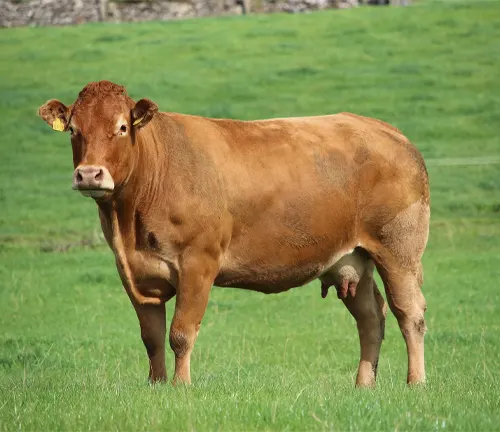
Their adaptability to different climates and environments, coupled with an efficient feed-to-meat conversion rate, makes them economically valuable in the global agricultural market. Despite facing challenges like environmental changes and economic pressures, Limousin cattle continue to be a symbol of resilience and quality in the farming community. Their historical and cultural significance extends beyond their agricultural utility, marking them as a breed of both historical importance and modern relevance.
| Specification | Description |
|---|---|
| Origin | Limousin and Marche regions, France |
| Coat Color | Ranges from light wheat to darker golden hues |
| Average Weight | Bulls: Up to 1,100 kg, Cows: Up to 700 kg |
| Temperament | Docile, calm, easy to handle |
| Lifespan | Approximately 15-20 years |
| Use | Primarily for meat production |
| Meat Quality | Lean and high-quality |
| Feed Efficiency | High feed-to-meat conversion rate |
| Adaptability | Adapts well to various climates and environments |
| Economic Importance | Valuable in global meat industry; high market value |
| Breeding Traits | Muscular build, efficient growth, genetic robustness |
| Health | Generally hardy with few common health issues |
| Cultural Significance | Historical symbol in agriculture; featured in events |
| Environmental Impact | Adaptable but facing challenges from climate change |
| Future Prospects | Continual relevance in agriculture with technological advancements |
Limousin cattle, a breed with a rich history, originated from the Limousin and Marche regions of France. Known for their distinctive muscular build and wheat-colored coats, these cattle have been a cornerstone in the agricultural world for centuries.
Physical Traits of Limousin Cattle
Adult Limousin cattle are renowned for their large, muscular frames, with bulls weighing up to 1,100 kg and cows around 700 kg. Their coats range from light wheat to darker golden hues, with a distinctive sheen.
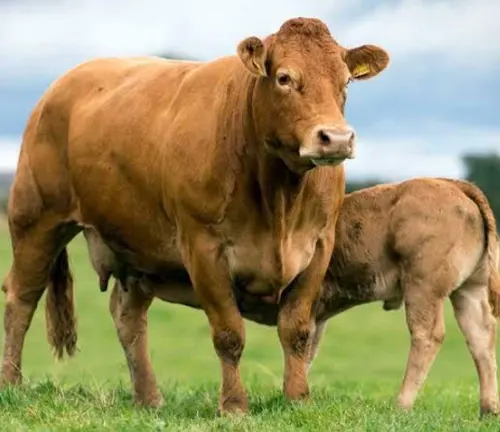

Temperament and Behavior
Limousins are known for their docility, making them a preferred choice for farmers. They are generally calm and easy to handle, which is a significant advantage in both breeding and meat production.
Breeding and Genetics
This breed has a strong genetic line, with a focus on traits like muscle growth and feed efficiency. Breeders often select for these traits to ensure the highest quality of livestock.
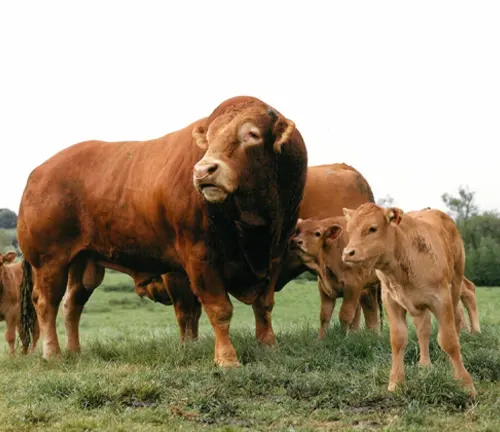
Health and Lifespan
Limousin cattle are relatively hardy, with few common health issues. They have a lifespan of around 15-20 years, depending on the care and environment provided.
Limousin Cattle in Agriculture
As a primary breed for meat production, Limousins are valued for their lean, high-quality meat. They are raised globally, adapting well to various climates and farming practices.
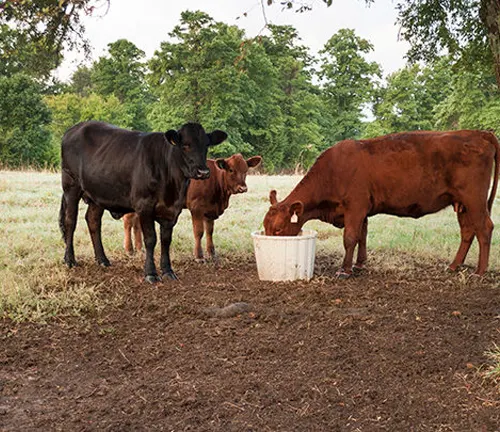
Feeding and Nutrition
These cattle require a diet rich in nutrients to maintain their muscular build. This includes a mix of grasses, grains, and supplements to ensure optimal health and growth.
Housing and Environment
Limousin cattle thrive in open environments with ample grazing space. They require basic shelter from extreme weather but are otherwise adaptable to a range of conditions.
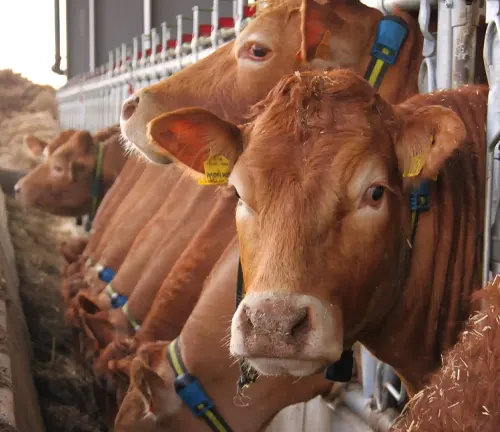
Economic Importance
In the agricultural market, Limousins are highly valued for their meat, contributing significantly to the global meat industry. Their efficient feed-to-meat conversion rate makes them economically advantageous.
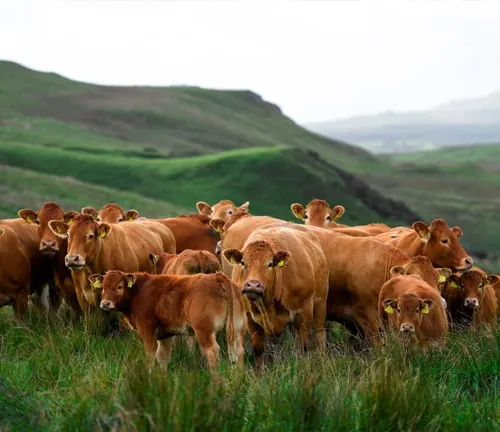
Conservation and Sustainability
There are ongoing efforts to conserve the genetic purity of Limousin cattle. Sustainable farming practices are also being adopted to ensure the long-term viability of the breed.
Limousin Cattle in Culture
Historically, these cattle have been a symbol of agricultural prowess. Today, they continue to be celebrated in agricultural shows and cultural events, showcasing their significance beyond just farming.
Challenges Facing the Breed
Environmental changes and economic pressures pose challenges for Limousin cattle farming. Farmers must adapt to these changes to ensure the breed’s survival.
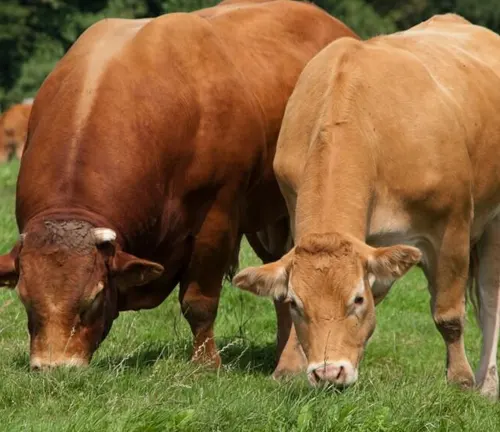
Future of Limousin Cattle
Advancements in genetics and farming technology are shaping the future of Limousin cattle. There is optimism about their continued relevance and improvement in agriculture.
Comparing Limousin with Other Breeds
Compared to other breeds, Limousins stand out for their muscle mass and efficiency. They share similarities with breeds like Angus but are distinct in their physical and genetic traits.
Different Species
French Limousin
The original strain from France, known for its purebred characteristics and adherence to traditional breed standards.
North American Limousin
Adapted to the conditions of North America, these may have some differences in size or temperament due to the breeding practices and environmental adaptations in the region.
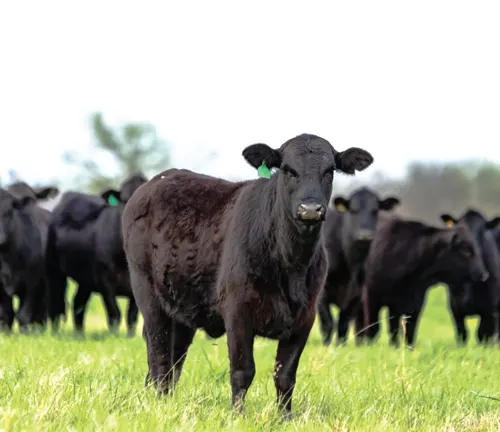
Grass-fed Limousin
Limousins raised primarily on grass diets, which can influence their size, meat quality, and overall health.
Show Limousin
Bred specifically for livestock shows, these Limousins might have more pronounced muscular development and coat coloration to meet show standards.
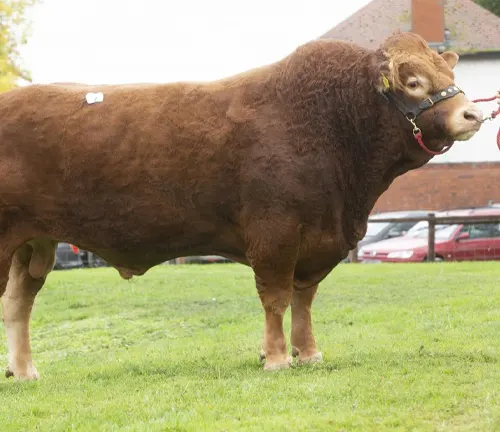
Commercial Limousin
These are bred primarily for meat production, focusing on traits like growth rate, feed efficiency, and carcass qualities.
Frequently Asked Question (FAQs)
What is the Origin of Limousin Cattle?
Limousin cattle hail from the Limousin region in France, with a lineage that dates back several centuries. Their hardiness and adaptability are rooted in the pastoral traditions of their homeland.
What are the Physical Traits of Limousin Cattle?
These cattle are renowned for their muscular build, rich wheat to golden-colored coats, and overall robust physique. They embody strength and resilience, making them visually distinctive.
What is the Lifespan of Limousin Cattle?
On average, Limousin cattle live for about 15-20 years. Their longevity is influenced by factors such as environment, diet, and overall care.
What is the Primary Use of Limousin Cattle?
Primarily, Limousin cattle are used for meat production. They are valued for their lean, high-quality meat, which is a staple in culinary dishes worldwide.
How Do Limousin Cattle Adapt to Different Climates?
Their origin in a variable French climate has endowed Limousin cattle with remarkable adaptability. They thrive in both colder and warmer climates, adjusting well to different environmental conditions.
What is the Meat Quality of Limousin Cattle Like?
Limousin cattle produce meat that is lean, tender, and rich in flavor. Their meat is lower in fat and cholesterol, making it a healthier option for consumers.
Are Limousin Cattle Easy to Manage?
Yes, their docile nature makes them one of the easier breeds to manage. This temperament is especially beneficial in farming and breeding practices.
What Should Limousin Cattle be Fed?
A balanced diet for Limousin cattle includes grass, grains, and essential nutrients. Their diet plays a crucial role in maintaining their muscular build and overall health.
How Do Limousin Cattle Compare to Other Breeds?
Limousin cattle stand out for their muscularity, efficient feed conversion, and meat quality. While they share some traits with other beef breeds, their unique characteristics set them apart.
What are Common Health Concerns for Limousin Cattle?
Generally hardy, Limousin cattle are not prone to many health issues. However, like all cattle, they require proper veterinary care and management to prevent common bovine diseases.
Are Limousin Cattle Suitable for Crossbreeding?
Absolutely. Their strong genetic traits make them ideal for crossbreeding, often sought to improve muscle quality and growth rates in other breeds.
How Have Limousin Cattle Evolved Over Time?
Selective breeding has enhanced desirable traits like meat quality and adaptability in Limousin cattle, reflecting the changing needs of the agriculture industry.
What is the Market Value of Limousin Cattle?
Their high-quality meat and breeding traits make Limousin cattle highly valuable in the agricultural market, both for meat production and breeding purposes.
What Challenges Face Limousin Cattle Farming?
Challenges include adapting to climate change, maintaining breed purity, and meeting the evolving market demands.


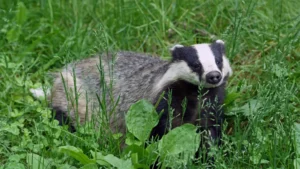


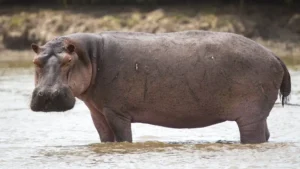
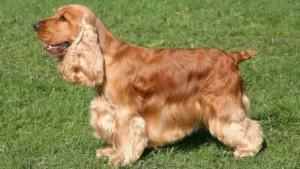
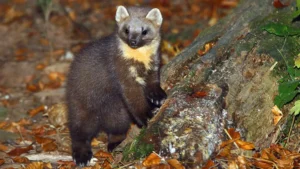
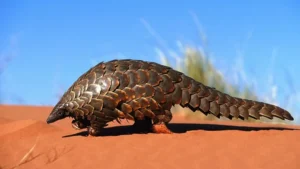
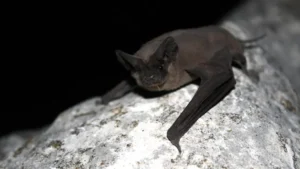


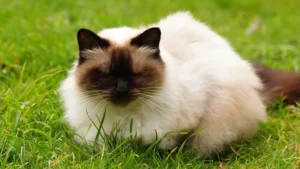
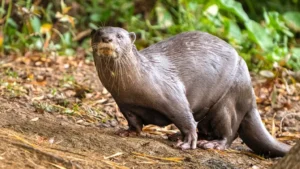
Leave your comment